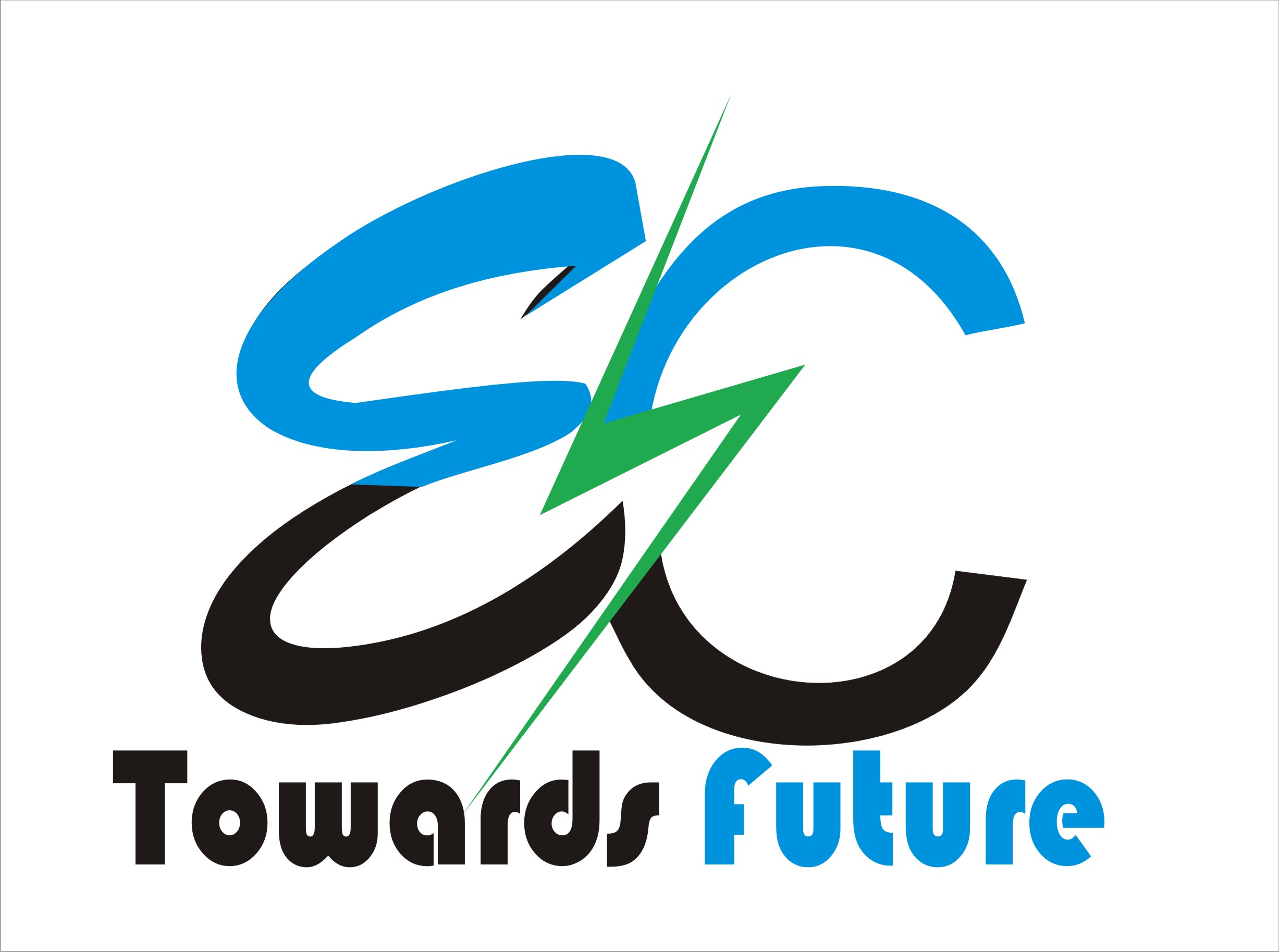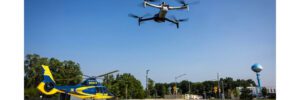A flight corridor for testing drones and electric aircraft will soon link the University of Michigan’s autonomy research and proving ground facilities in Ann Arbor to Michigan Central’s urban testbed and innovation district in Detroit.
The roughly 40-mile research skyway will be the centerpiece of M-Air, a new public-private partnership U-M is launching to support research into advanced air mobility. M-Air is to be part of the existing public-private partnership Mcity, which provides a connected and automated vehicle test facility under the U-M Transportation Research Institute.
The state of Michigan is providing $1 million in anchor support for M-Air as part of a broader advanced air mobility initiative.
M-Air will enable air mobility researchers and companies to test their technologies in realistic environments, with a particular focus on beyond-line-of-sight operation of autonomous aircraft as well as battery-powered aircraft that use vertical takeoff and landing (VTOLs). Current regulations restrict most drones to within the range a pilot can see unaided, which limits their usefulness.
M-Air’s new Iron Bird testbed facilities will enable users to demonstrate the flight performance of new batteries and motors on the ground before trial runs in the air. The flight corridor will be outfitted with a drone traffic management system that meets national safety standards, enabling drones to share low-altitude airspace even beyond the operator’s line of sight. One of M-Air’s aims is to enable drones and helicopters to safely share airspace.
“The next frontier of mobility is moving from land to sky, where drones and electric aerial vehicles can transform how we move people and goods,” said Karen Thole, a Professor of Mechanical and Aerospace Engineering. “Michigan Engineering’s M-Air partnership will play an important role in propelling the state to national leadership in advanced aviation technology and developing the workforce we need to sustain it.”
“It is an exciting time in aerospace with the confluence of electric powertrains, distributed-propulsion-enabled new aircraft designs and autonomous operation. There is an enormous crossover of talent and technology between electric and automated vehicles and electric aircraft and drones,” said Venkat Viswanathan, Director of M-Air.
Source: University of Michigan


